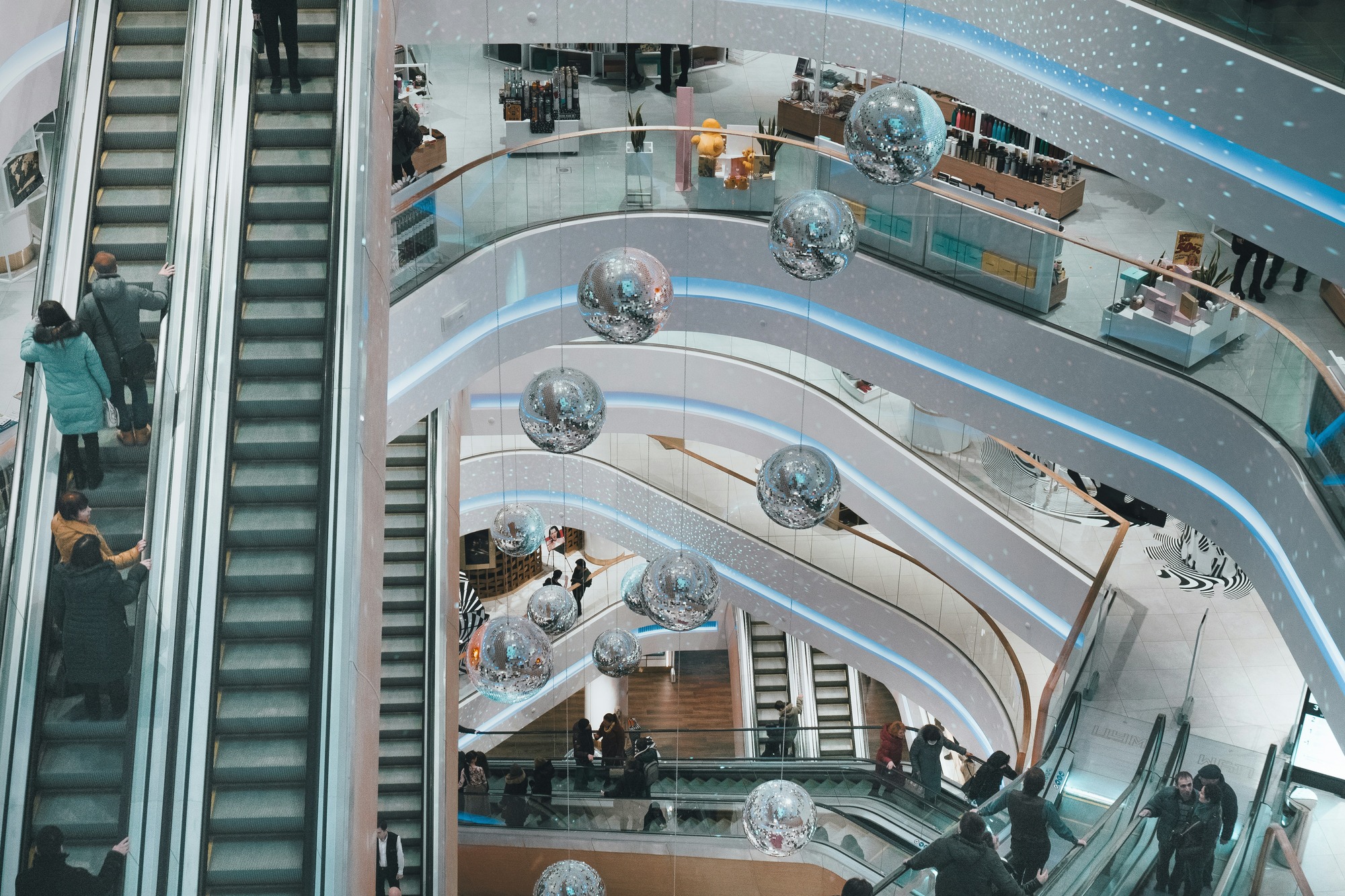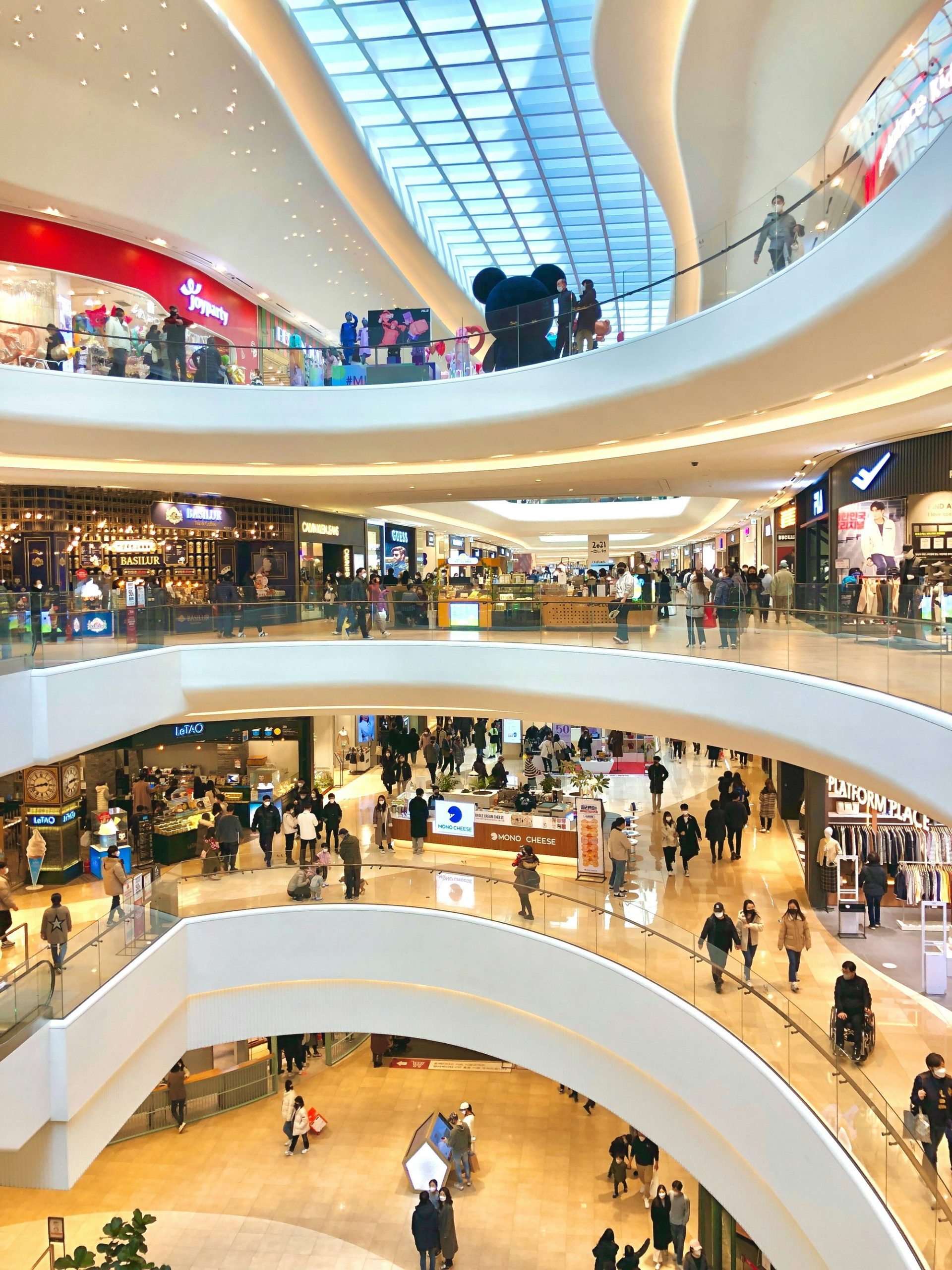
In an period of rising costs, shrinking paychecks, and record-breaking company income, “retail blackouts” have develop into the most recent device within the shopper protest playbook. On social media, waves of customers are calling for collective no-buy days, swearing off big-box shops, quick trend, and even on-line marketplaces for set intervals of time. The message is loud: shoppers are fed up, they usually’re making an attempt to hit corporations the place it hurts.
However whereas the intention behind these blackouts is evident—sending a message to firms by means of withheld spending—the precise influence stays up for debate. Are retail blackouts genuinely disrupting the system, or are they extra symbolic than strategic? And do the businesses on the receiving finish even discover?
The Rise of Shopper-Led Protests
Retail blackouts aren’t a brand new concept, however they’ve gained momentum in recent times due to viral developments, rising earnings inequality, and mounting frustration over unethical enterprise practices. With one-click purchases and quick delivery extra accessible than ever, selecting to not purchase one thing all of a sudden looks like a revolutionary act.
Individuals typically arrange round particular points: exploitative labor, value gouging, environmental hurt, or tone-deaf promoting campaigns. In concept, if sufficient individuals maintain their wallets for a day or per week, retail giants may lastly pay attention. However the important thing phrase right here is if.
Symbolic Gestures or Tangible Disruption?
Critics argue that many retail blackouts fail to trigger any actual monetary pressure to massive firms. Lacking just a few thousand purchases on a single day barely impacts the underside line of corporations pulling in thousands and thousands or billions each 24 hours. What’s extra, if consumers merely delay their purchases till the subsequent day, the blackout turns into extra of a pause than a protest.
That stated, the facility of a blackout could not lie solely within the numbers. Visibility issues. When sufficient individuals communicate out, arrange, and create noise on-line, the optics alone can immediate manufacturers to enter disaster PR mode. Firms care deeply about their public picture, and even symbolic strain can result in shifts in messaging, partnerships, and long-term model technique.
The Function of Social Media and Performative Outrage
A lot of the retail blackout motion lives on-line, the place hashtags, TikToks, and trending posts amplify participation. However this visibility is a double-edged sword. With on-line tradition more and more pushed by performative outrage, it may be tough to differentiate honest protest from attention-seeking theatrics.
Some influencers promote blackout days whereas carrying newly bought luxurious objects. Others boycott one model solely to help one other with equally questionable practices. These contradictions weaken the general message, making it simple for skeptics and firms to dismiss the hassle as disorganized or unserious.

Who Truly Has the Energy to Boycott?
One of many quiet tensions behind retail blackouts is the idea that everybody can afford to choose out. However many individuals store primarily based on necessity, not precept. Telling somebody working a number of jobs to boycott reasonably priced retail choices typically misses the fact of their monetary constraints.
The thought of voting together with your greenback assumes the posh of selection. For marginalized communities and working-class households, the most cost effective and most handy choice is commonly the one one. So when a blackout targets a model like Walmart or Amazon, it could pass over the very individuals most affected by company greed, just because they will’t afford to protest in the best way others can.
Are Manufacturers Even Listening?
Giant retailers observe shopper developments obsessively, so when a blackout motion positive aspects traction, likelihood is they’re watching. However whether or not they’re taking the message critically is one other matter. If a blackout lacks sustained strain or clear calls for, corporations typically experience out the storm, repackage their messaging, and proceed enterprise as ordinary.
The best blackouts are usually long-term, coordinated, and backed by actual information. They depend on greater than only a trending hashtag—they require grassroots momentum, good communication, and follow-through. When boycotts lack these parts, manufacturers could not really feel compelled to vary as a result of they know the outrage will probably fade.
What Comes After the Blackout?
A retail blackout can ship a sign, however long-term change typically comes from constant conduct. Supporting moral manufacturers, questioning quick consumption, and holding firms accountable by means of laws and coverage have far higher endurance than a single no-buy day.
For actual financial strain to work, it should be paired with clear asks: higher labor situations, transparency in sourcing, truthful pricing, or concrete investments in communities. With out this readability, the message dangers getting misplaced, decreased to a fleeting pattern fairly than a long-lasting motion.
Can skipping a purchase order actually shake a billion-dollar system? Or are retail blackouts simply one other type of trendy protest designed extra for optics than influence?
Learn Extra:
Influencers Are Turning into Political Leaders — For Higher or Worse
Financial Unease Grips Individuals Throughout the Earnings Spectrum in 2025
Riley is an Arizona native with over 9 years of writing expertise. From private finance to journey to digital advertising to popular culture, she’s written about every little thing below the solar. When she’s not writing, she’s spending her time exterior, studying, or cuddling together with her two corgis.

